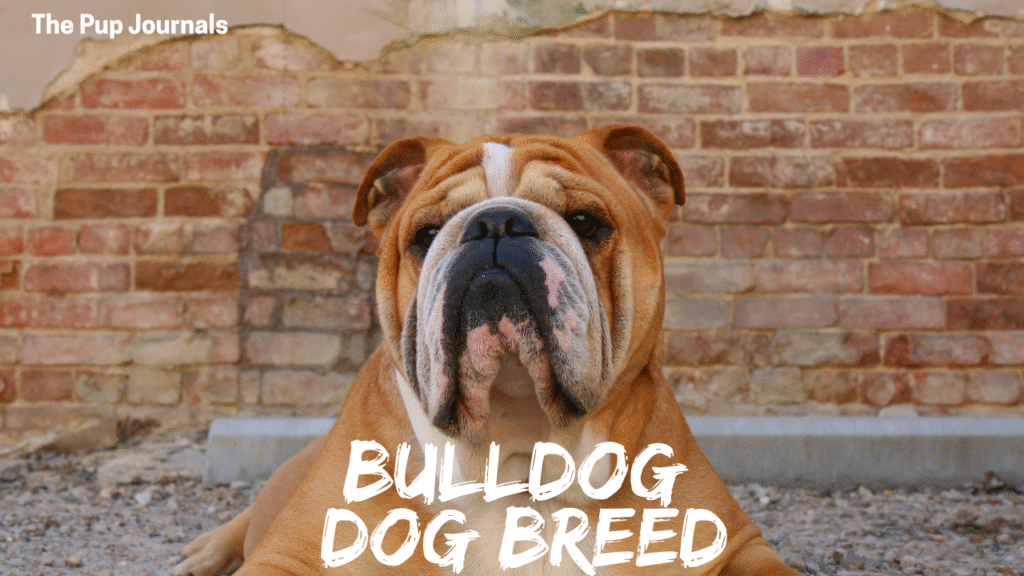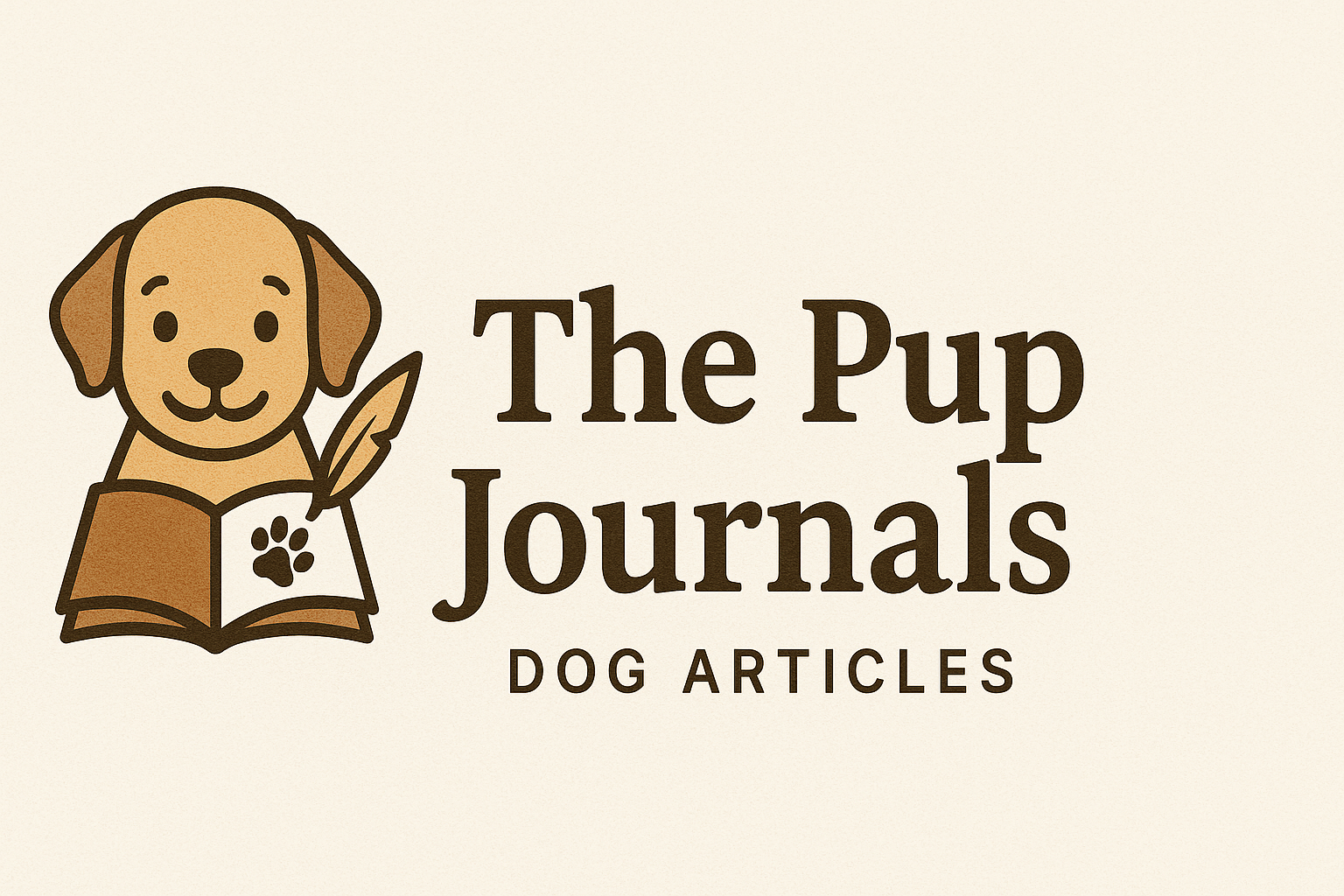
Introduction
The Bulldog dog breed captivates pet lovers worldwide. Known for its stocky build and gentle heart, the Bulldog wins loyalty. This guide dives deep into every aspect of the Bulldog.
1. Fascinating History of the Bulldog
1.1 Early Origins
The Bulldog dog breed traces back to 1500s England. Breeders developed a strong, courageous dog for bull‑baiting. These dogs needed muscle and tenacity.
1.2 Transition to Companion
In 1835, bull‑baiting became illegal. Bulldogs lost their original role. Breeders shifted focus to calm, friendly temperaments. They bred for loyalty, not aggression.
1.3 Modern Recognition
The Kennel Club in England recognized the Bulldog in 1875. The American Kennel Club followed in 1886. Today’s Bulldogs honor their heritage with a gentle nature.
2. Defining Physical Features
2.1 Distinctive Head and Face
Bulldogs sport a broad, wrinkled forehead. Their pushed‑in muzzle gives a “squashed” appearance. Loose skin around their face forms dekorative folds.
2.2 Body and Build
These dogs stand 14–15 inches tall. They weigh between 40 and 50 pounds. Their wide chest and strong shoulders define a sturdy frame.
2.3 Coat and Colors
Bulldogs have short, smooth coats. Common colors include brindle, white, fawn, and piebald. Some breeders show rare patterns like red fawn.
2.4 Breed Standard
The AKC specifies a low‑slung gait and balanced proportions. Judges look for a broad chest and strong hindquarters. Tail length and set also matter.
3. Temperament and Behavior
3.1 Gentle Companions
Bulldogs form deep bonds with families. They show loyalty with calm affection. They thrive on human interaction and simple play.
3.2 Child-Friendly Nature
Their patient demeanor suits children. Bulldogs tolerate gentle handling and noisy play. Always supervise to keep interactions safe and positive.
3.3 Socialization Needs
Early socialization prevents shyness. Introduce your Bulldog to varied sights and sounds. Positive experiences shape a confident, well‑adjusted adult.
3.4 Alertness and Guarding
Though friendly, Bulldogs remain alert. They bark to warn of strangers. They protect family without showing undue aggression.
4. Comprehensive Health Overview
4.1 Common Respiratory Issues
Bulldogs often suffer brachycephalic airway syndrome. Their flat faces narrow air passages. This makes heavy panting and snoring common.
4.2 Skin Fold Care
Wrinkled skin traps moisture and debris. Clean folds daily with a damp cloth. Dry thoroughly to avoid yeast infections.
4.3 Hip and Joint Concerns
Hip dysplasia and elbow problems occur in Bulldogs. Maintain lean muscle mass to ease joint stress. Provide joint supplements after consulting a vet.
4.4 Eye Conditions
Bulldogs face cherry eye, entropion, and dry eye. Regular veterinary eye checks detect issues early. Surgery can correct some conditions.
4.5 Heart Health
Congenital heart defects like pulmonic stenosis can affect Bulldogs. Annual cardiac exams help catch early signs. A veterinary cardiologist may recommend diagnostics.
4.6 Lifespan and Quality
Average life expectancy sits around 8–10 years. Good nutrition, exercise, and veterinary care can extend life. Monitor weight closely to prevent obesity.
5. Nutrition and Diet
5.1 Balanced Meal Plans
Feed a high‑quality, breed‑specific kibble. Look for real meat proteins first. Avoid foods heavy in fillers or artificial additives.
5.2 Portion Control
Measure daily portions with a kitchen scale or measuring cup. Divide food into two meals. This prevents bloating and overeating.
5.3 Special Dietary Needs
Joint supplements with glucosamine support hip health. Probiotics aid digestion in sensitive Bulldogs. Consult your vet before adding supplements.
5.4 Hydration Tips
Always provide fresh, clean water. Use a weighted bowl to prevent spills. Monitor intake to detect early signs of illness.
6. Exercise and Activity
6.1 Moderate Routine
Bulldogs need moderate exercise to stay fit. Aim for two walks of 20 minutes daily. Gentle play sessions work too.
6.2 Heat Sensitivity
Their flat noses make Bulldogs prone to overheating. Avoid midday walks in hot weather. Choose early mornings or cool evenings.
6.3 Mental Stimulation
Puzzle toys and treat games keep Bulldogs mentally sharp. Rotate toys weekly to maintain interest. Teach new tricks for added challenge.
6.4 Swimming Safety
Some Bulldogs enjoy swimming. Always supervise in water due to their stocky build. Use a canine life vest for added safety.
7. Grooming Essentials
7.1 Brushing and Bathing
Brush Weekly with a soft bristle brush. Bathe only when needed to avoid stripping natural oils. Use hypoallergenic dog shampoo.
7.2 Skin Fold Maintenance
Clean skin folds daily with pet‑safe wipes. Air dry or gently pat folds dry. Inspect for redness or odor.
7.3 Nail Trimming
Trim nails every two to three weeks. Overgrown nails can cause pain and alter gait. Reward your Bulldog during trimming sessions.
7.4 Dental Hygiene
Brush teeth daily with canine toothpaste. Offer dental chews to reduce plaque. Regular vet dental cleanings ensure oral health.
8. Training Strategies
8.1 Start Early
Begin training at eight weeks old. Puppies absorb new information quickly. Focus on basic commands: sit, stay, come, and heel.
8.2 Positive Reinforcement
Use treats and praise to reward good behavior. Avoid harsh corrections. Bulldogs respond best to patient guidance.
8.3 Crate Training
Introduce a crate as a safe den. Use treats to encourage entry. Maintain a consistent routine to prevent anxiety.
8.4 Socialization Classes
Enroll in puppy kindergarten or basic obedience classes. Controlled social settings boost confidence. They also teach polite play habits.
9. Living Environment
9.1 Indoor Lifestyle
Bulldogs thrive indoors due to their low energy. Provide a cozy bed away from drafts. Keep living spaces cool in summer.
9.2 Apartment Friendly
Their quiet nature suits apartments. They bark only when necessary. Ensure regular walks and play sessions for stimulation.
9.3 Childproofing and Safety
Remove small objects and toxic plants. Secure electrical cords and cleaning supplies. Provide chew toys to prevent destructive behaviors.
10. Choosing a Bulldog Puppy
10.1 Finding a Reputable Breeder
Seek breeders who conduct health tests for hips, heart, and eyes. Visit their facility to observe puppy and parent conditions.
10.2 Health Clearances
Ask for OFA or PennHIP certifications. Review veterinary records for vaccinations and deworming. A responsible breeder shares health guarantees.
10.3 Temperament Screening
Observe puppy behavior. Confident, playful puppies adapt easily to new environments. Avoid overly shy or aggressive pups.
10.4 Adoption Options
Consider rescue organizations and shelters. Many Bulldogs need loving homes. Adoption often includes spay/neuter and initial vet care.
11. Common Myths and Facts
- Myth: Bulldogs can’t swim.
Fact: Their build makes swimming hard. Always supervise near water. - Myth: Bulldogs are lazy.
Fact: They enjoy gentle play but tire quickly. - Myth: Bulldogs never bark.
Fact: They bark when alert or excited.
12. Bulldog in Popular Culture
12.1 Famous Bulldogs
“Chesty” the Marine Corps mascot shines in military ceremonies. “Spike” appeared in classic cartoons and ads.
12.2 Therapy Roles
Their calm nature suits therapy work. Bulldogs visit hospitals and schools to lift spirits. Their gentle presence helps reduce stress.
13. Bulldog Health Insurance and Costs
13.1 Medical Expenses
Vet visits, surgeries, and medications can add up. Bulldogs need regular checkups for chronic issues.
13.2 Insurance Plans
Pet insurance can cover accidents, illnesses, and some hereditary conditions. Compare plans for best coverage and premiums.
13.3 Budgeting for Care
Allocate monthly savings for unexpected vet bills. Include grooming, training classes, and quality food in your budget.
14. Building a Strong Bulldog Community
14.1 Online Groups
Join social media groups dedicated to the Bulldog dog breed. Share tips, photos, and success stories.
14.2 Local Meetups
Attend local dog park meetups or Bulldog‑specific events. Socializing with owners offers valuable insights.
14.3 Breed Clubs
Consider joining national or regional Bulldog clubs. Participate in shows, training seminars, and health workshops.
15. Advanced Health Screenings
15.1 Genetic Testing
Modern DNA tests screen for hereditary conditions. Early detection guides preventive care.
15.2 Cardiovascular Exams
Schedule annual echocardiograms for heart screening. Detect issues like valve disease early.
15.3 Orthopedic Evaluations
Use PennHIP or OFA X‑rays to assess hip quality. Early identification reduces joint deterioration.
16. Recognizing Bulldog Body Language
16.1 Relaxed Signals
Soft eyes, a wagging tail, and loose body show a happy Bulldog.
16.2 Stress Indicators
Yawning, lip licking, and tucked tail indicate discomfort. Pause activities and offer comfort.
16.3 Play Invitations
A play bow signals readiness for fun. Respond with gentle play to build trust.
Conclusion
The Bulldog dog breed offers unmatched loyalty, charm, and gentle strength. With informed care, training, and love, your Bulldog thrives. Use this expert guide to meet every need. From health screenings to advanced training, you now hold the keys to a happy Bulldog life.

